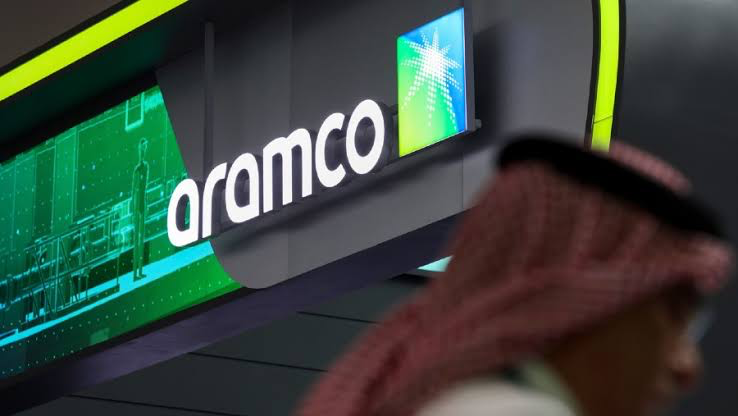Saudi Arabia’s state-owned oil behemoth, Saudi Aramco, is prioritizing shareholder payouts despite a decline in first-quarter profits. The company announced plans to distribute $31 billion in dividends this quarter, even though net income fell 14% compared to the same period last year. This decision underscores the Saudi government’s reliance on Aramco’s revenue to fund its ambitious economic diversification plans.
Balancing Short-Term Gains with Long-Term Vision
Aramco’s lower profits are a result of reduced oil prices and sales volumes. The global oil market has experienced increased volatility due to production cuts by the OPEC+ cartel, rising output from non-member countries, and concerns about demand amid high interest rates. However, Aramco remains committed to maintaining its significant dividend payouts. The company declared base dividends of $20.3 billion for the first quarter, covered entirely by profits, and an additional $10.8 billion in performance-linked dividends to be paid in the second quarter.
This prioritization of dividends highlights the delicate balancing act for Saudi Arabia. The kingdom relies heavily on oil revenue to fund government programs and social spending. However, it also recognizes the need to diversify its economy away from its dependence on hydrocarbons. Aramco’s dividends are a crucial source of income for the government, which directly owns over 82% of the company. These funds are used to support Vision 2030, a comprehensive economic and social reform plan aimed at reducing reliance on oil and creating new industries.
Economic Diversification: A Bumpy Road Ahead
The kingdom faces several challenges in its economic diversification efforts. The global energy landscape is shifting towards renewable sources, and oil prices may not remain high enough to indefinitely sustain current spending levels. Additionally, successfully transitioning to a knowledge-based economy requires significant investments in education, infrastructure, and innovation.
However, Saudi Arabia also possesses significant advantages. The country boasts vast oil reserves, a strategic geographic location, and a growing young population. By leveraging these assets and implementing sound economic policies, the kingdom can navigate the transition away from oil dependence.
In a move that aligns with the government’s diversification goals, Saudi Arabia recently ordered Aramco to scrap its expansion plan to boost production capacity to 13 million barrels per day (mbpd). The company will now focus on maintaining its current capacity of 12 mbpd. Two major expansion projects – Safaniyah and Manifa – have been put on hold, while three others are ongoing. These ongoing projects, Marjan, Berri, and Zuluf, are expected to come online by 2026, adding a combined 1.15 million bpd to Aramco’s capacity. Despite these additions, Aramco will optimize its production to stay within the 12 mbpd targets.
Potential Aramco Share Sale on the Horizon
Further highlighting the kingdom’s push for economic diversification, Saudi Arabia is reportedly poised to sell more shares of Aramco. Details are still emerging, but the government has reportedly lined up major investment banks such as Citigroup, Goldman Sachs, and HSBC to manage the sale.
The decision to prioritize dividends despite lower profits underscores the complex challenges and opportunities facing Saudi Arabia. While the kingdom seeks to diversify its economy, Aramco’s revenue remains a critical pillar for the foreseeable future. The upcoming potential share sale and ongoing production adjustments are signs that the kingdom is taking steps to navigate the global energy transition and achieve its economic diversification goals.
Source: Reuters



